【Trademarks】A case related to the trademark “LV” selected by TIPO for recent years
2022-07-25

A parody of the trademark
【Decision No】Civil Judgement of the Intellectual Property Court, 2019 Min
Shang Shang Zi No. 5
【Date】January 16, 2020
【Issue】The determination of the parody defense related to trademark
Infringement
【Relevant statutes】Articles 5, 36.1.1, and 68 of the Trademark Act
【Decision Highlight】
- Ridicule or jokes are closely related to the language, culture, social background, life experience, history and other factors of a country. Even if locals can understand the literal meaning of jokes common to foreigners, they may not be able to appreciate them. When it comes to the content and elements of humor in ridicule or jokes, sometimes, the listener must go through a certain process of reasoning and thinking to figure out the punchline. As to the question whether a trademark is going to cause likelihood of confusion among relevant consumers, the result often depends on whether relevant consumers are going to have the impression that the trademark is identical with or related to other sources of goods or services according to their immediate reaction at the moment they see the trademark (without much reasoning and thinking). In the MOB case of the United States, the court pointed out the criteria for a parody defense to be sustainable which included the alleged parody must be able to “clearly indicate that it is not connected in any way with the original” and “allow the consumers to immediately perceive that it is a parody”.
- Under the realm of our Trademark Act, the one who raises the fair use defense on the basis of parody may depend on two kinds of argument:
(1) The trademark is only used to express a parodic speech rather than indicate the source of the goods or services. Accordingly, it does not constitute the “use of a trademark”, not to mention trademark infringement.
(2) If the first argument is not sustained by the court, the user can still argue that there is no infringement of the trademark rights because the use of the trademark is not going to cause any likelihood of confusion among relevant consumers. However, if the use of another person’s trademark is detrimental to the most important function of the trademark which is to identify the source of the goods or services, such use cannot be immune from trademark infringement on the excuse of the parody.
| Trademarks at issue | |
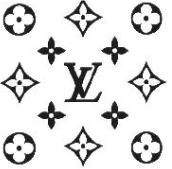 |
Registered No. 01552668 and 01592692 Classes 4, 8, 9, 12, 14, 16, 18, 19, 20, 21, 24, 25, 26, 27, 28,34: Sunglasses…; jewelry…; printed matter…; handbags…; mirrors…; clothes… and some other goods. |
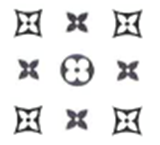 |
Registered No. 01155372 Class 9: Eyeglasses; sunglasses and eyeglass cases. Class 14: Jewelry; rings… Class 18: Leather and artificial leather; travelling bags… Class 25: Clothes and underwear; sweaters; shirts… |
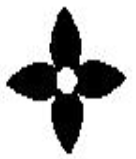 |
Registered No. 00831283 Class 18: Cases of leather or leather board… |
 |
Registered No. 00843926 Class 18: Cases of leather or leather board… |
 |
Registered No. 01182808 Class 9: Eyeglasses; sunglasses and eyeglass cases. Class 14: Jewelry, including rings… Class 18: Leather and artificial leather; travelling bags… Class 25: Clothes and underwear,including sweaters… |
| The attached tables of the judgement | |
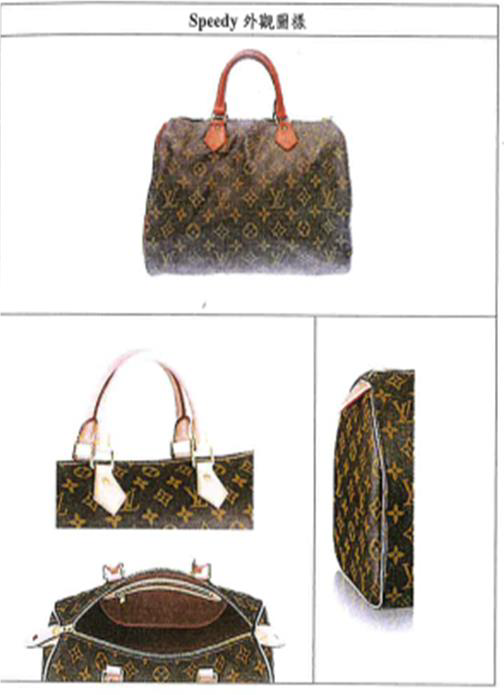 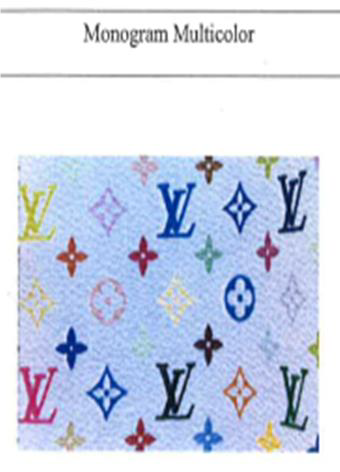 |
|
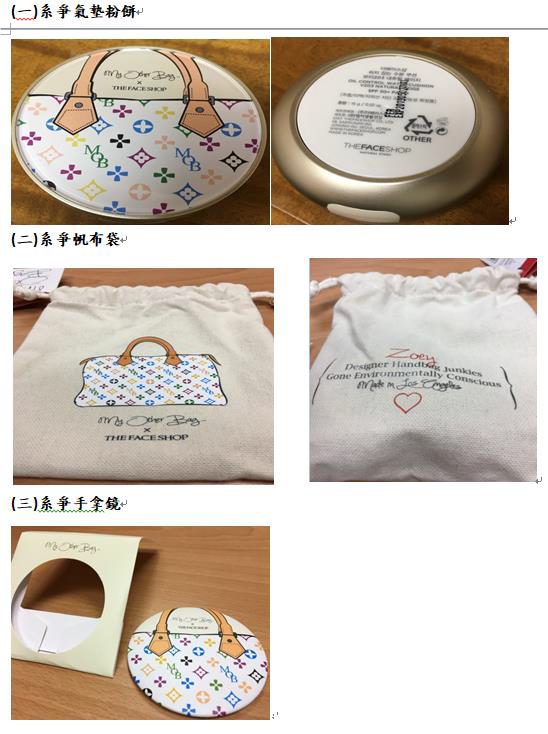 |
|
[Learning point]
The intention of making a trademark parody could just be a joke or to attract attention of the consumers, but in the cases involving potential trademark infringement, the court would have to determine case by case whether such use is just an expression of speech, or if such use would not cause confusion to consumers nor damaging the mark’s function of distinguishing the source of goods or services. Therefore, when a creation would involve a parody of other’s trademarks, we would suggest especially paying attention to the risk of infringement.
消息來源:
